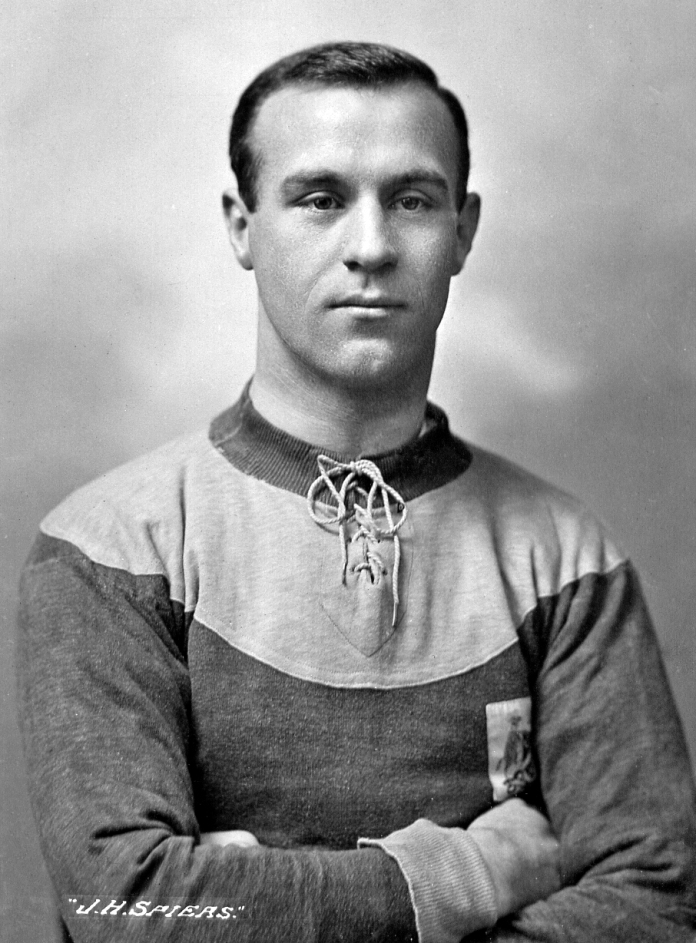The following was published in the Bradford City match day programme on 19 August, 2017:

Tomorrow marks the centenary of the death of Jimmy Hamilton Speirs, team captain and scorer of the winning goal when City defeated Newcastle United in the FA Cup Final replay at Old Trafford on 26 April, 1911. After the game he was cheered by 100,000 exultant Bradfordians in the city centre and yet six years later he faced death in a muddy shell-hole at the age of only 31, killed at Passchendale on 10th August, 1917.
Jimmy Speirs had formerly played for Rangers and Clyde before joining Bradford City in 1909. Whilst at Rangers he had been capped once for Scotland. In total he made 96 first team League and Cup appearances for City, scoring 33 goals before being sold to Leeds City on 27 December, 1912. At the time of his transfer he was the leading scorer at Valley Parade but faced with a collapse in form during the preceding two months, Peter O’Rourke needed funds to finance team strengthening. It proved impossible to refuse the £1,400 fee offered by Leeds City for the inside left which was a record transaction for both clubs. However it is questionable whether Bradford City ever recovered prior to the suspension of League football in 1915 from the loss of their talisman.
On their part, Leeds were prepared to pay a premium such that Jimmy Speirs would be registered in time to play in the FA Cup but it is notable that the player himself was reported to receive between £200-300 which would have provided financial security for his family. Indeed Speirs was known to be financially astute and it was said that in 1909 he had made a small fortune from trading rubber shares. We will never know whether he was unsettled at Valley Parade in 1912 and possibly tempted away by Leeds manager, Herbert Chapman.
Whilst Jimmy Speirs is remembered for his place in the history of the club, he could be defined by so much more. Not only was he an inspirational leader on the football pitch he was a popular NCO on the battlefield who led by example, awarded the Military Medal in May, 1917. He was also a family man with two young children. The loss of such a remarkable individual is the ultimate illustration of the futility of war. He is buried at Dochy Wood Cemetery in New Flanders and his grave is regularly attended by football supporters and family members.
In making the ultimate sacrifice, Speirs was one of 245,000 British soldiers killed at Passchendaele and an estimated 744,000 in the conflict as a whole. A total of four serving and six former Bradford City players were killed in action during the Great War and Bob Torrance was another member of the 1911 FA Cup winning team to be killed (April, 1918). Subsequent to the war Jimmy Speirs and others with a Valley Parade connection were remembered first and foremost as fallen soldiers among comrades in arms. So many men had been killed that there was a reluctance to differentiate former professional football players as deserving of unique attention and I believe that Jimmy, known as a team player would have concurred with this treatment.
Accordingly a memorial to the war dead of Bradford City was not erected at Valley Parade until 2015 (funded by a badge sale organised by Bantamspast) and prior generations tended to remember Jimmy Speirs as one of countless others who never returned. By contrast the distinct commemoration of footballers killed in action has been a more modern phenomenon.
I encourage readers to visit www.jimmy-speirs.co.uk to learn more about Jimmy.
John Dewhirst

